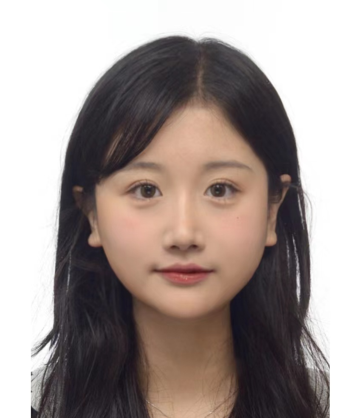Incorporating composites in structural equation modeling: Exploiting the Henseler–Ogasawara specification
Xi Yu is a PhD student in the department Product–Market Relations. (Co)Promotors are prof.dr.ir. J. Henseler and dr. F. Schuberth from the faculty of Engineering Technology.
 Composites are receiving increasing attention in the structural equation modeling (SEM) literature. While SEM is a powerful and flexible analytical technique for dealing with latent variables, it is rather limited when composites are encountered. In this thesis, I focus on the use of composites in the context of SEM. I present new approaches to incorporating composites into SEM by exploiting the Henseler–Ogasawara (H–O) specification. My goal in this thesis is to provide a flexible way for researchers to overcome the obstacles that they face when embedding composites in SEM.
Composites are receiving increasing attention in the structural equation modeling (SEM) literature. While SEM is a powerful and flexible analytical technique for dealing with latent variables, it is rather limited when composites are encountered. In this thesis, I focus on the use of composites in the context of SEM. I present new approaches to incorporating composites into SEM by exploiting the Henseler–Ogasawara (H–O) specification. My goal in this thesis is to provide a flexible way for researchers to overcome the obstacles that they face when embedding composites in SEM.
Chapter 1 provides an overview of SEM with composites. In this chapter, I discuss two reasons for using composites, present the composite model, and explain the contribution of this thesis.
Chapter 2 presents different ways of operationalizing different types of theoretical concepts. Specifically, two types of theoretical concepts are distinguished, namely behavioral concepts and forged concepts. Behavioral concepts are typically modeled as latent variables, for which SEM is well equipped. In contrast, forged concepts should be modeled as composites, which cannot be modeled as flexibly as latent variables.
Chapter 3 discusses the merits and limitations of existing approaches to incorporating composites in SEM. Furthermore, I introduce a refinement of the H–O specification to address the problems of the original H–O specification. In particular, the refined H–O specification is easier to visualize graphically, less complex, and can be applied as an alternative specification when researchers encounter convergence problems with the original H–O specification.
Chapter 4 highlights the difficulties researchers face in aligning the model with the proposed theory when studying aggregate constructs. To overcome the difficulties, I propose an innovative way of specifying aggregate constructs in SEM, namely Higher-Order Component Analysis (HOCA).
Chapter 5 describes a novel approach to item parceling to address some of the controversies surrounding the use of item parceling techniques.
Finally, I conclude the thesis by recapitulating the two reasons for including composites in SEM and aligning each chapter with them. Additionally, I present the contribution of this thesis.
